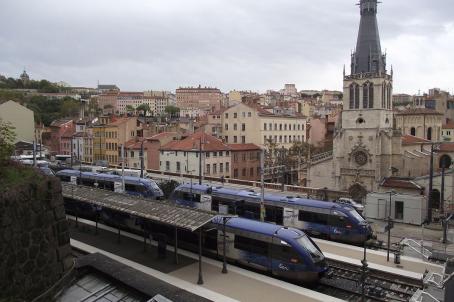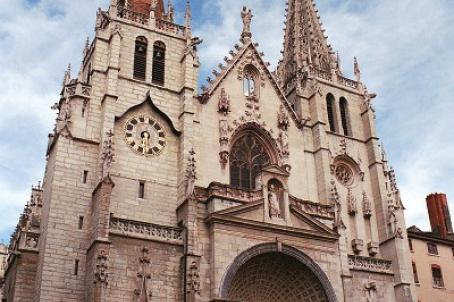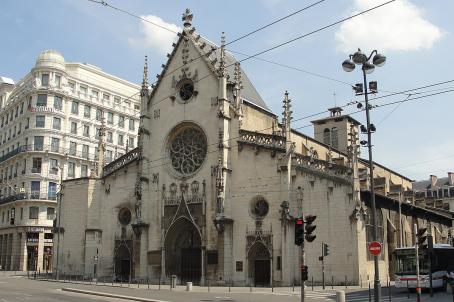Church of Notre-Dame-Saint-Vincent

Neo-classical style church, located between two adjoining dwellings. One enters the building via a magnificent cul-de-four porch. Because of its geographical location, it is in the same parish as the church of Saint-Paul which faces it from the other bank of the Saône.
About this building
Although the body of the building, with its slightly overhanging transepts, has a basilica section, with eight Tuscan-style columns punctuating the central nave, which is flanked by two aisles. The transept crossing, crowned by a dome on a drum, leads to a hemicircular choir. The bell tower and sacristy, at the back of the choir, occupy a typical 17th and 18th century location. The lighting of the church is parsimonious: ten opposing semicircular windows rise above the nave entablature, penetrating the barrel vault, while a half-moon decorates the western wall of the church. The porch of the church, offset from the building to respect the alignment of the Saint-Vincent quay, contrasts with the sobriety if not austerity of the interior, an abundant sculpture animating its façade.





